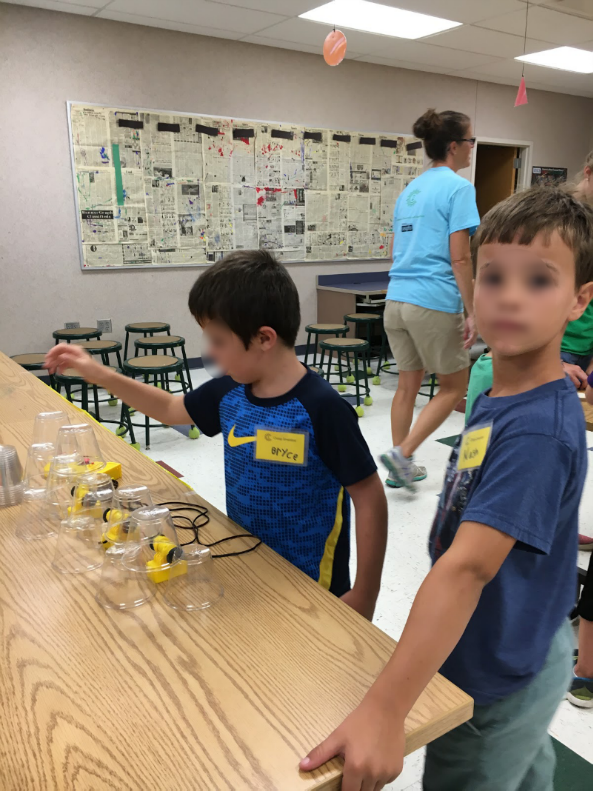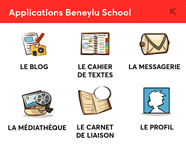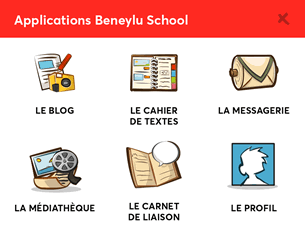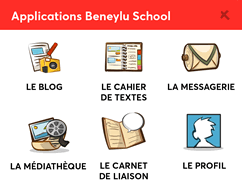4 Cheap STEM Experiments you Should Try in Class Tomorrow
3 min. readingIncorporating STEM lessons into your classroom can seem overwhelming if it is not something you are used to doing on a regular basis.
My secret to success in STEM is to make sure my students know exactly what to expect and what is expected of them. You must have a clear understanding of your personal lab procedures for safety and consistency.
It is really just a matter of giving the kids a problem to solve and then getting out of the way so they can solve it. Even reluctant learners engage during these hands-on lessons and the kids get so excited about learning!
I am often blown away by the learning that occurs when we do these engaging lessons.

When I am just beginning to work with a new group of kids, I often start the year with one of two different experiments to get them thinking and observing like scientists.
1. Brilliant Beans
Give the kids a bag of mixed beans and ask them to sort them into groups and describe those groups well enough that any person walking in the room could identify them with the clues from the students.
Beans are super cheap and kids usually find this fun. It is also a good way to begin having discussions about how different people might sort the beans in different ways and how there really are no right or wrong answers.
2. Candles and Clay, anyone?
- The other choice I sometimes use definitely has a “WOW” factor with the students, because it involves fire! It is also very simple. Here’s how it works:
- I get a small piece of clay and a birthday candle for each group of 2-3 students.
- I have them describe the candle and clay in as many ways as possible.
We talk about color, texture, and size. We talk about what parts we can measure. - They usually measure the length and width of the candle. I also ask them to measure the wick and describe it.
- Then we light the candle.

At this point, you have a few options—you can have them time how long it takes to melt down to a certain length, or you can let it burn for a period of time and measure how much the candle and wick changed.
Either way—kids really love this one because it is very rare for a brave teacher to allow them to use fire at school…especially in elementary school.
3. Get Sticky Making Glue
Another fun experiment we do is make glue. We take different powders like flour, corn starch, gelatin, baking soda, etc and mix them with water.
We test the mixtures by placing a quarter size glob on an index card with a paper clip stuck in it to dry overnight. On the second day, we hang washers on the clip to see how well the mixture holds.
Then I ask the groups to decide what recipe of the different powders and water will make the best glue. They write a recipe and mix it up.

They test it the same way, with a glob of “glue” on an index card with a paper clip stuck in it to dry overnight. The following day they load it up with washers to test the glue.
This experiment costs almost nothing and the kids absolutely LOVE it!
4. Mystery Powders
My favorite lab that I do with the students is called “Mystery Powders”. We investigate the qualities of several powders that I know will have very specific qualities. Usually I use
- sugar (it melts over a lit tea candle using a spoon made from foil),
- cornstarch (smells like marshmallows when heated over a tea candle),
- flour (iodine turns it black),
- baking soda (fizzes with vinegar).
The students test each powder with vinegar, iodine, water, and heat. Then comes the fun, and a super valuable lesson.
They make a chart describing the qualities of each powder in the different tests.
Then I give them a mixture of three powders and they have to figure out which three they are.
I generally use baking soda, flour, and sugar for my mystery powder because they are the easiest to test.
The kids really figure out the importance of writing good details when they are investigating because if they don’t have good notes, they will not figure out the mystery.
Hopefully, you have found an idea here that you can grab and do with your students as soon as tomorrow! Start small and seriously—give the students a question and some materials and then step back and watch them LEARN!










